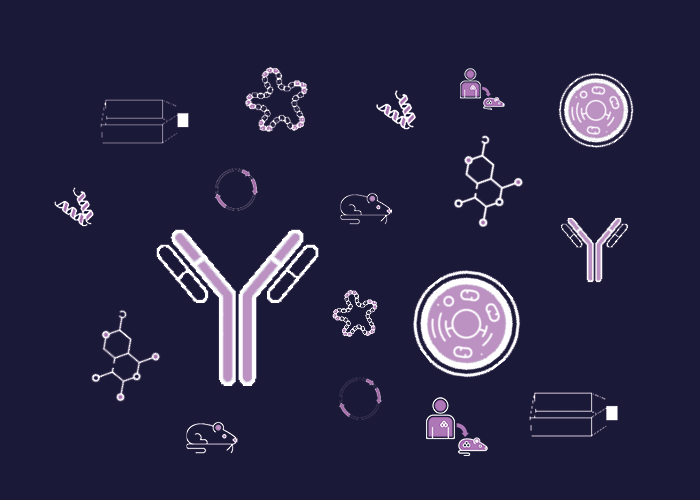
Cat. #161922
SK-N-BE(2)-C Cell Line
Cat. #: 161922
Availability: 8-10 weeks
Organism: Human
Tissue: Brain
Model: Tumourigenic
£575.00
This fee is applicable only for non-profit organisations. If you are a for-profit organisation or a researcher working on commercially-sponsored academic research, you will need to contact our licensing team for a commercial use license.
Contributor
Inventor: June L. Biedler, Barbara A. Spengler
Institute: Memorial Sloan-Kettering Cancer Center (MSK)
Primary Citation: Ciccarone et al. 1989. Cancer Research. 49: 219-225. PMID: 2535691.
Tool Details
*FOR RESEARCH USE ONLY (for other uses, please contact the licensing team)
- Name: SK-N-BE(2)-C Cell Line
- Cancer: Neurological cancer
- Cancers detailed: Neuroblastoma
- Parental cell: SK-N-BE(2)
- Organism: Human
- Gender: Male
- Tissue: Brain
- Donor: This cell line is a subclone of the SK-N-BE(2) neuroblastoma cell line. The parental cell line was established in 1972 from a metastatic site (bone marrow) in a two-year-old Caucasian male with malignant neuroblastoma.
- Morphology: Neuroblast
- Growth properties: Adherent
- Model: Tumourigenic
- Description: SK-N-BE(2)-C is a clonal subline of the SK-N-BE(2) neuroblastoma cell line. Like the parental cell line, these cells display MYCN amplification. Treatment with trans-retinoic acid differentiates these cells into a distinct neuronal phenotype. These cells display high levels of tyrosine hydroxylase activity and dopamine-b-hydroxylase activity.
- Application: 3D cell culture; Immunology; Neuroscience
- Biosafety level: 1
- Additional notes: BE(2)-C cells have a reported saturation density of greater than 5 X 105 cells/cm2. The cells grow as clusters of flattened neuroblastic cells with occasional fine cell processes (neurites). Unlike the parent line, they generally do not detach and float.
Applications
- Application: 3D cell culture; Immunology; Neuroscience
Handling
- Growth medium: 1:1 mixture of EMEM:F12 Medium, then supplemented with FBS to a final concentration of 10%
- Temperature: 37° C
- Atmosphere: 5% CO2 in air
- Shipping conditions: Dry Ice
- Storage medium: Complete growth medium supplemented with 5% (v/v) DMSO
- Storage conditions: Vapor phase of liquid nitrogen
- Str profiling: Amelogenin: XCSF1PO: 10D13S317: 11D16S539: 9,11D5S818: 12D7S820: 9,10TH01: 6TPOX: 11vWA: 18D3S1358: 19D21S11: 30,32.2D18S51: 16Penta_E: 14,18Penta_D: 13,14D8S1179: 13,14FGA: 22,25D19S433: 12,13D2S1338: 23
Related Tools
- Related tools: SK-N-BE(2)
References
- Qiao et al. 2012. Biochemical and Biophysical Research Communications. 424: 421-426. PMID: 22766505.



